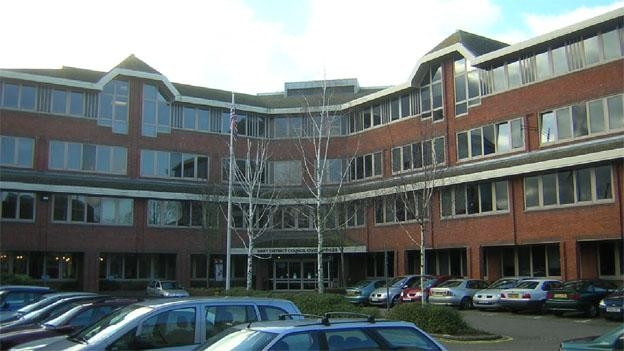Hart Council has just published its new Housing Options paper in relation to the Local Plan, in preparation for running a consultation from November 23 2015 to January 15 2016. We believe the information contained in that paper is misleading for a number of reasons and have some suggestions on how you might respond to the consultation. In summary the issues are:
- The SHMA is currently being revised and likely to reduce the housing need, so why are we being consulted on a housing requirement that is no longer valid?
- The SHMA has been challenged by an independent expert who says we don’t need so many houses.
- Hart’s estimate of brownfield capacity is way too low, and far lower than they said as recently as October 1 2015.
- Government rules have been changed to encourage more brownfield development and this paper makes no mention of this.
- The infrastructure costs of a new town are enormous, but the paper doesn’t clearly set out the economic consequences of the choices we make on housing options.
Housing allocation out of date
The housing need assessment is based on the current version of the Strategic Housing Market Assessment (SHMA), and they do not mention in the paper that the SHMA is currently being revised to take account of new Government population and household projections. These new projections show a big reduction in forecast population from 322K used in the SHMA to 289K for the whole housing market area and a reduction of 1,602 in Hart household projections. It seems reasonable to assume that Hart’s housing allocation will therefore fall, but this is not mentioned at all in the consultation paper.
SHMA is invalid
The Housing Options paper does not take account of the opinion of independent expert, Alan Wenban-Smith that the SHMA says we are being asked to build too many houses. This means that the paper is asking us to consider how we might build houses that aren’t needed and is therefore invalid.
Estimate of brownfield capacity is too low
Back in November 2014, Hart Council said we had capacity for 750 dwellings on brownfield sites. Very few or none of those sites have been granted permission since then. At cabinet on October 1 2015, the joint-CEO of Hart Council said that he thought the brownfield capacity had increased to around 1,800 units. We said at the time we thought this was a low estimate and it could be in the range of 2,400-3,688. However, the new paper says that brownfield capacity is now only 400 units. The paper pours cold water on the notion that the former police college at Bramshill can be re-developed, but who in their right mind would want to see a Grade 1 listed building start to decay, and who would want to preserve the hideous 1970’s accommodation blocks? This is clearly a site ripe for redevelopment, and the environmental impacts should be low compared to the prior use of the site. So, the question remains, what has happened to the other 1,400+ units and why aren’t Hart taking account of them?
Government has made brownfield development more attractive
The Government has also just relaxed the rules about building on brownfield sites to make it more attractive. This makes it more likely that the brownfield capacity identified in the Stonegate report can be delivered. The Hart paper fails to mention this. The paper also fails to mention that Hart has kicked off a process to identify even more brownfield sites across the district, but the results of that study won’t be known for some time. It does seem odd to be so definitive about the so-called lack of brownfield capacity when there are so many positive developments underway.
Astronomical Infrastructure Costs
Hart have published some analysis to show the infrastructure requirements of a new settlement. They haven’t been definitive about how much this would cost, but it would include a new motorway junction, significant changes to existing roads and bridges, a new sewage works, 4 new schools and a new railway station. Our estimate of the cost of this infrastructure is £300m+. A realistic expectation of the developer contribution for 4,000-5,000 houses would be £40-50m. Hart already have an infrastructure funding deficit of £78m. It is clear that we cannot afford the infrastructure costs of a new town, and that existing settlements would be starved of investment if it went ahead. The new housing options paper makes very little reference to the economics of development for any of the approaches it identifies. Surely, we should know about the economic consequences of the housing options choices we make?
It is becoming increasingly clear that the housing options paper and the associated consultation is a pig-in-a-poke, but nevertheless as it is there we must respond to it. It looks increasingly like a faction of the council is hellbent on concreting over large swathes of our countryside, despite all the evidence that we don’t need to.
We urge you to Vote against Approach 3 (a new settlement at Winchfield). But when asked for any other comments, use this article to ask them to think again about brownfield. Please do get involved with this consultation and respond to it using our guide on our dedicated page about this consultation here.

Yep.
Apart from the fact that no matter how much Hart Planners ignore the figures – surely all these consultations are costing us, council tax payers, more and more money.